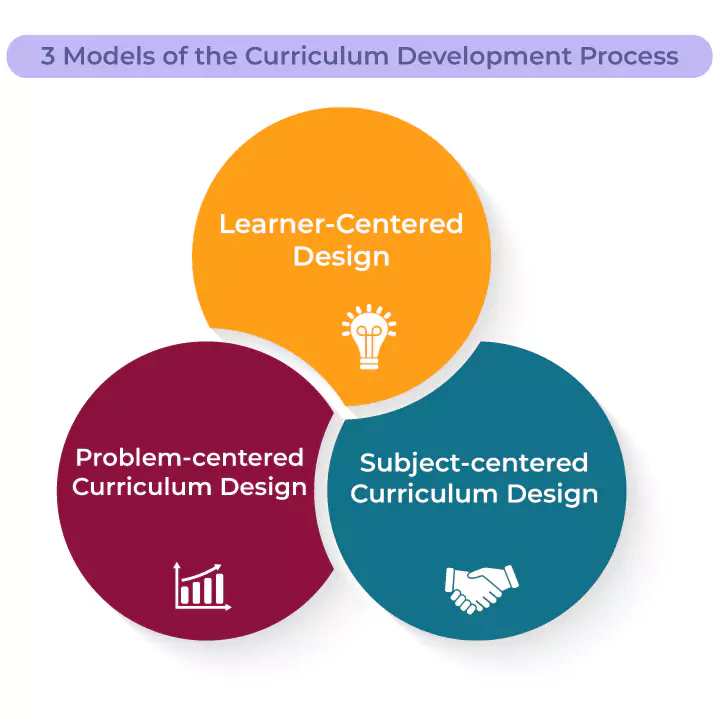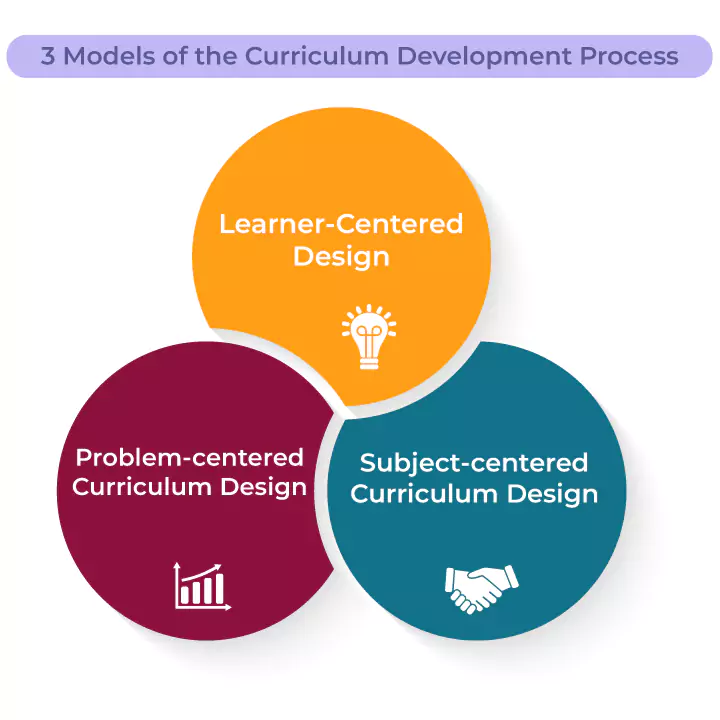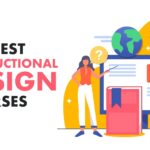You know that feeling when you’re passionate about something, you pour your heart into it, but something just feels… off? That was me, not so long ago. I loved sharing what I knew, whether it was teaching a new skill to a team or explaining a complex topic to a group of eager learners. I’d spend hours preparing my materials, making sure my explanations were clear, and practicing my delivery. Yet, sometimes, despite all my effort, I’d see blank stares, or the information just didn’t seem to stick. My learners were trying, and I was trying, but the connection wasn’t always there.
Then, I stumbled upon something that completely shifted my perspective: a Curriculum Design Course. Honestly, at first, I thought, "Isn’t that just for university professors or big education departments?" I was a bit skeptical. But the more I read, the more I realized this wasn’t just about grand academic plans; it was about making any learning experience truly effective, engaging, and memorable. And boy, was I in for a revelation!
Before the Course: The "Why" Behind My Search
My teaching style, bless its heart, was mostly intuitive. I’d think, "Okay, what do they need to know?" and then I’d just… tell them. Or show them. I’d prepare slides, maybe a handout, and then hope for the best. Sometimes it worked brilliantly, and those moments were pure joy. But the inconsistencies gnawed at me. Why did some lessons land perfectly, while others felt like I was speaking into the void?
I realized I was missing a crucial piece of the puzzle. I was focusing on what I was teaching, but not truly understanding how people learn, or why they needed to learn it in the first place. I needed a map, a blueprint, a way to build a learning experience that was robust and reliable, not just a shot in the dark. That’s precisely what a Curriculum Design Course promised, and it delivered in spades.
Stepping Into the World of Intentional Learning
From the moment I started, it was clear this wasn’t just about making pretty slides. It was about thinking like an architect, but for knowledge. Imagine building a house without a plan – you might end up with walls and a roof, but would it be functional? Would it be safe? Would anyone want to live there? Learning is no different.
A Curriculum Design Course taught me that good learning doesn’t happen by accident. It’s a carefully constructed journey, with clear intentions, thoughtful pathways, and meaningful milestones. Here are some of the big "aha!" moments I had:
1. It All Starts with the Learner: Empathy is Key
This was probably the biggest eye-opener. Before, I designed my lessons around my knowledge. The course hammered home the idea that you have to design around their needs.
- Who are they? What’s their background? Their age? Their prior knowledge?
- What truly motivates them? Why are they even here? What problems are they trying to solve?
- What challenges might they face? Are there language barriers, time constraints, or specific learning styles I need to consider?
Understanding your audience isn’t just a nice-to-have; it’s the foundation. It’s like tailoring a suit – you wouldn’t make a one-size-fits-all garment and expect it to fit perfectly. You measure, you consider their style, and you create something that works for them.
2. Crafting Objectives: The GPS for Learning
This was a game-changer. I used to have vague goals like "students will understand the topic." The course taught me to write clear, measurable, and action-oriented learning objectives.
Instead of "understand," we learned to use verbs like "identify," "analyze," "demonstrate," "create." For example, instead of "Students will understand how to write an email," it became: "Upon completion, learners will be able to draft a professional email, identify its key components, and send it using a specific email client."
Suddenly, I had a GPS for my lessons! Both I and my learners knew exactly where we were going and what we needed to achieve. No more wandering aimlessly.
3. Content and Activities: More Than Just Information Dumping
I used to think my job was to transfer information from my brain to theirs. The course quickly disabused me of that notion. It’s not about dumping content; it’s about facilitating discovery and practice.
We explored different instructional strategies:
- Active learning: How do you get learners to do things, not just listen? Think group discussions, problem-solving scenarios, hands-on projects.
- Varied approaches: Not everyone learns the same way. Some prefer reading, others watching, some thrive on discussion, and many need to physically interact with the material.
- Sequencing: What’s the best order to introduce concepts? How do you build from simple to complex?
It was like being given a whole toolbox of methods to make learning engaging and effective, moving beyond just talking at people.
4. Assessment: A Compass, Not Just a Judge
My previous idea of assessment was simple: a quiz or a test at the end. The course showed me that assessment is so much more. It’s a vital feedback loop.
- Formative assessment: Checking in during the learning process. Are they getting it? Do I need to adjust my approach? This could be a quick poll, a show of hands, or a short discussion.
- Summative assessment: Measuring what they’ve learned at the end. Does it align with the learning objectives? Does it demonstrate mastery?
- Authentic assessment: Can they apply what they’ve learned in a real-world context? This is where projects, presentations, and simulations shine.
Assessment isn’t just about assigning a grade; it’s about understanding if the curriculum itself is working and providing valuable feedback to both the learner and the designer.
5. Iteration: Curriculum is a Living Thing
Perhaps the most comforting lesson was that curriculum design isn’t a one-and-done process. It’s iterative. You design, you implement, you assess, you gather feedback, and then you refine. Like a garden, it needs tending, pruning, and sometimes, a complete replanting.
This idea freed me from the pressure of perfection. It taught me that every lesson, every course, is an opportunity to learn and improve for the next time.
Who Should Consider a Curriculum Design Course?
Honestly, almost anyone who teaches, trains, or creates content for others to learn from.
- Teachers (K-12, Higher Ed): Refine your classroom strategies.
- Corporate Trainers: Design impactful training programs that get real results.
- Instructional Designers: This is your bread and butter, but even seasoned pros can benefit from new perspectives.
- Content Creators: Whether it’s online courses, YouTube tutorials, or workshops, structure makes all the difference.
- Team Leaders/Managers: Effectively onboard new hires or teach new processes to your team.
- Anyone passionate about sharing knowledge: If you want your message to stick, this course is for you.
My Transformation: From Instructor to Learning Architect
Stepping out of that Curriculum Design Course, I wasn’t just a teacher; I was a learning architect. I no longer approached my sessions with a "hope for the best" attitude. Instead, I had a clear vision, a solid plan, and a set of tools to build truly effective and engaging learning experiences.
The blank stares became fewer, the questions more insightful, and the "aha!" moments from my learners became more frequent. The satisfaction of seeing someone truly grasp a concept, apply it, and grow from it became even deeper because I knew I had intentionally crafted the path for that growth.
If you’re feeling that same itch, that desire to make your teaching or training more impactful, more consistent, and more deeply resonant with your learners, I wholeheartedly recommend diving into a Curriculum Design Course. It’s not just a course; it’s a journey into the art and science of learning itself, and it will change the way you approach education forever. You won’t just be delivering content; you’ll be building bridges to understanding, one thoughtfully designed step at a time.



